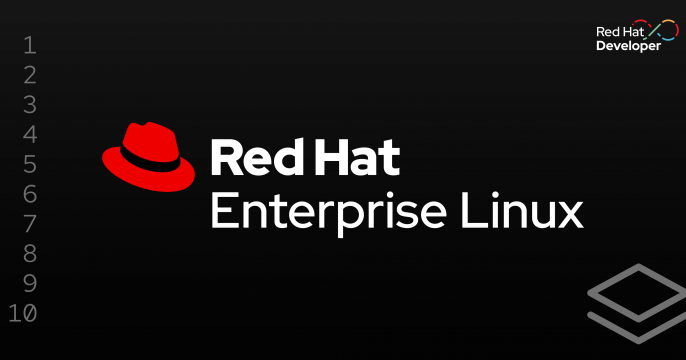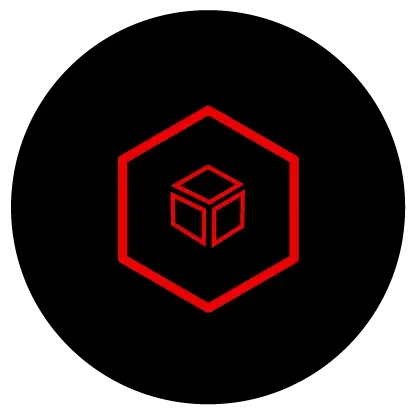Modernization
Transform applications and infrastructure to leverage cloud capabilities and adopt cloud-native development for enhanced engineering practices.

Modernize at your own pace
Modernization can be daunting for engineering teams, often viewed as a risky process where existing services might break or fail to meet expectations. Legacy systems gradually become more burdensome, with enterprise support from software vendors falling short. However, the good news is that modernization doesn't have to be an all-or-nothing endeavor.
Many teams embark on long-term roadmaps spanning years to phase out legacy software and dependencies, leveraging cloud-native technologies along a slow, deliberate path.

Lates modernization articles

Learn how RHEL systems roles and image mode work together as well as how to...

This article provides a brief rundown of best practices that apply to...

Learn about the benefits and security features of image mode for Red Hat...














